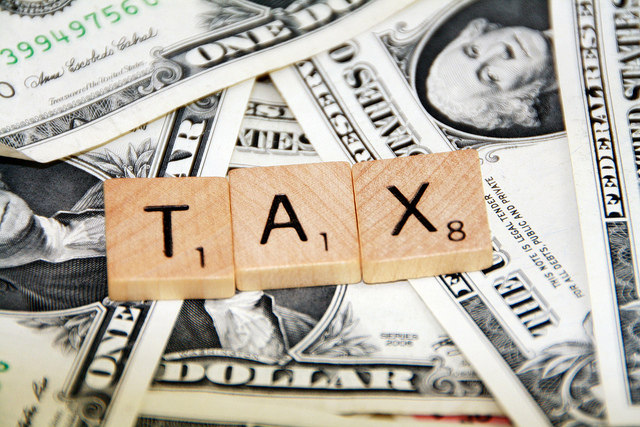By Len Lazarick
Len@MarylandReporter.com
For the first time in 2½ years, Maryland officials are forecasting state government revenues will grow slightly more than expected this year and next — but Comptroller Peter Franchot is urging that this new revenue “be saved and not spent.”
Franchot, who heads the Board of Revenue Estimates, said it was “extremely important … that we do not confuse revenue stability with economic recovery.”
In its letter to Gov. Martin O’Malley, the board — which includes the treasurer and the budget secretary — predicted fiscal 2010 revenue would be up $88 million and will grow $484 million in fiscal 2012, about 3.6%.
The economic forecast is largely unchanged from what it was in March, and anticipates “a drawn out recovery,” but personal income is supposed to be “slightly stronger.”
“It’s certainly good news,” said Budget Secretary Eloise Foster, emphasizing five months of positive job growth, as does her boss, Gov. Martin O’Malley. “For me the glass is more than half full.”
Individual income tax revenues are expected to grow, but growth in withholding tax “is partly offset by a greater than previously expected decline in income of wealthy taxpayers.” The so-called “millionaires” surtax on incomes over $500,000 and $1 million expires in December.
Tobacco revenues are also growing more than expected.
State Treasurer Nancy Kopp said the revenue estimates are “a lot better” than expected “because our estimates we’re very conservative.”
She hoped the governor and legislature would “act prudently” and not spend all the forecasted revenues as the Virginia legislature did, leading to new deficits when they didn’t materialize.
The estimates are based on economic forecasts done by three outside consultants – Moody’s Analytics (Economy.com), the Regional Economic Studies Institute at Towson University and Sage Policy Group headed by economist Anirban Basu.
Members of the business community also advise the board. Final estimates are done by revenue analysts from the budget department, the legislature and the comptroller’s office.
Highway user revenues
Franchot went out of his way to point out that the estimates include $363 million in highway user funds that were taken away from local jurisdictions to help balance the budget this year.
“This money should be returned to the highway user fund as soon as possible,” Franchot said.
County and municipal officials complained loudly this spring when the governor and legislature took away 90% of the money they got from vehicle and gasoline taxes to help balance the state operating budget.
The Maryland Municipal League, representing 157 incorporated towns and cities, announced last week it had passed a statewide resolution urging O’Malley and legislators to restore the money in the next budget. Some municipalities have passed their own resolutions, urging residents to contact lawmakers and candidates for the General Assembly about the money most use to maintain local roads.
Municipalities are largely dependent on local property taxes, and highway user revenues and police aid, which was also cut, make up “considerable portions of most municipal budgets,” said Scott Hancock, executive director of the Municipal League.
Last month, O’Malley promised county officials at their Ocean City conference that when the economy comes back, restoring highway user revenues will be “at the top of our list.”
MML is also asking the General Assembly to give the towns more taxing authority, and allow them to tax real estate transfers, energy and telecommunications, the way the counties are now allowed to do.







Recent Comments